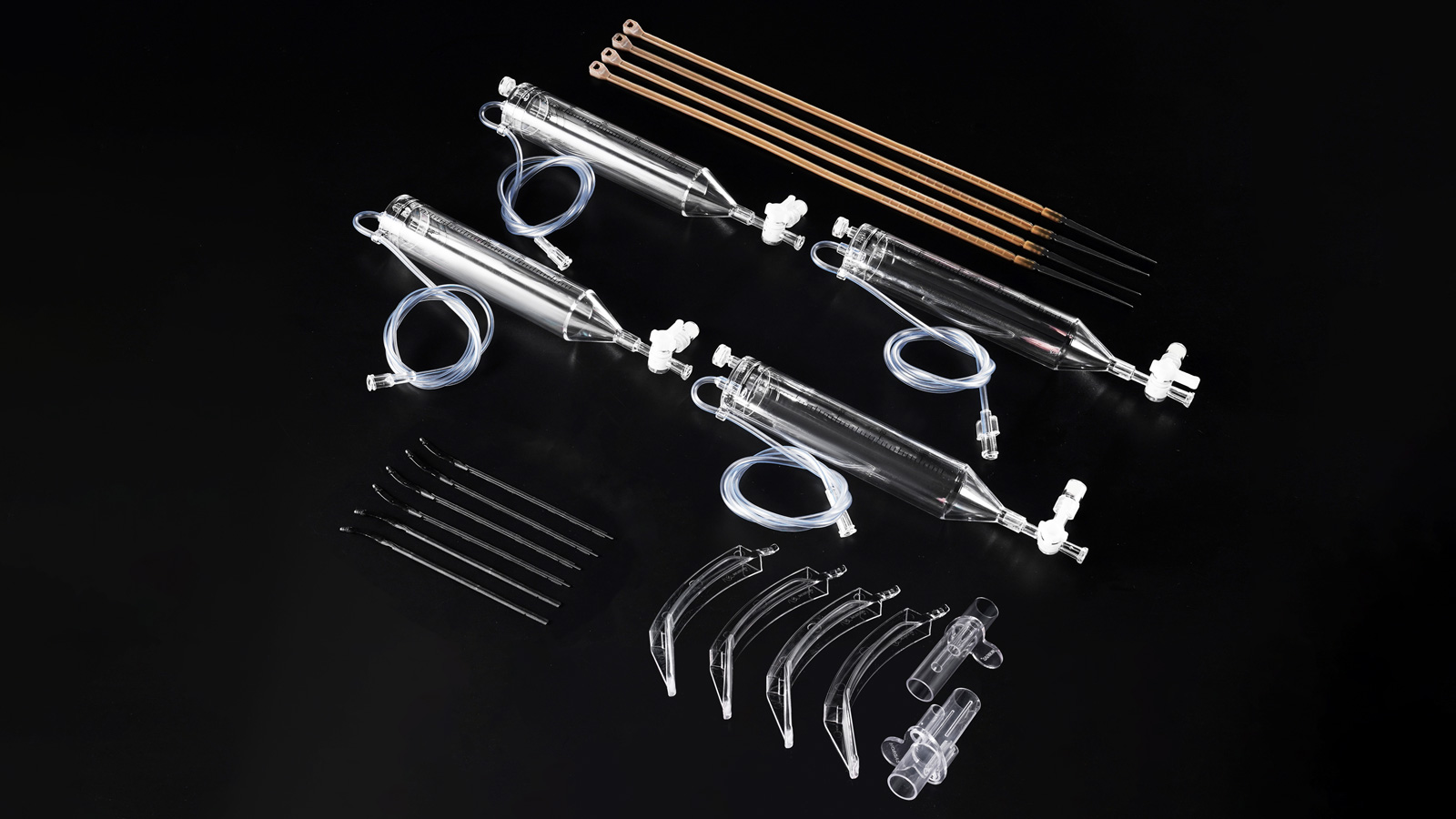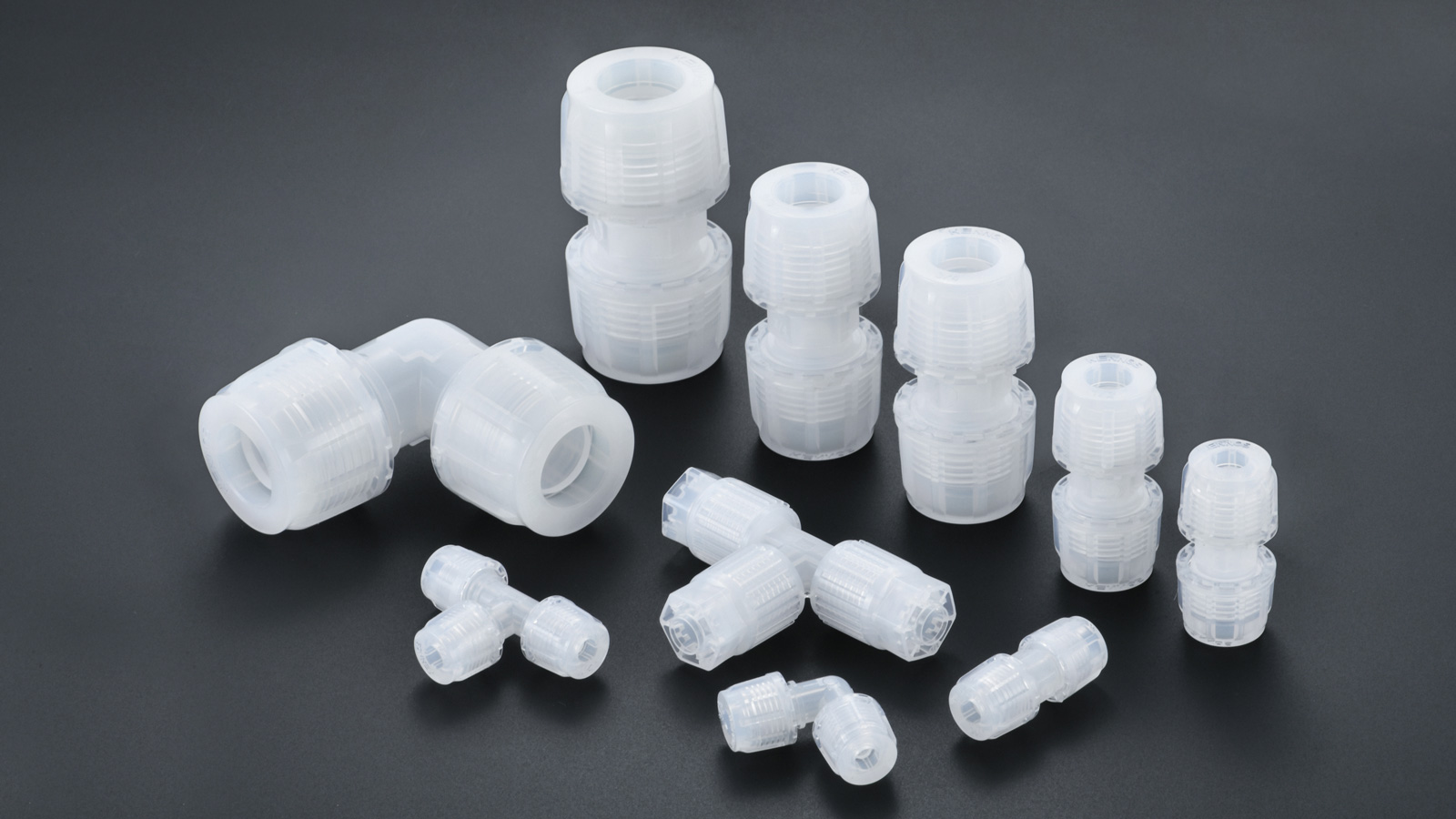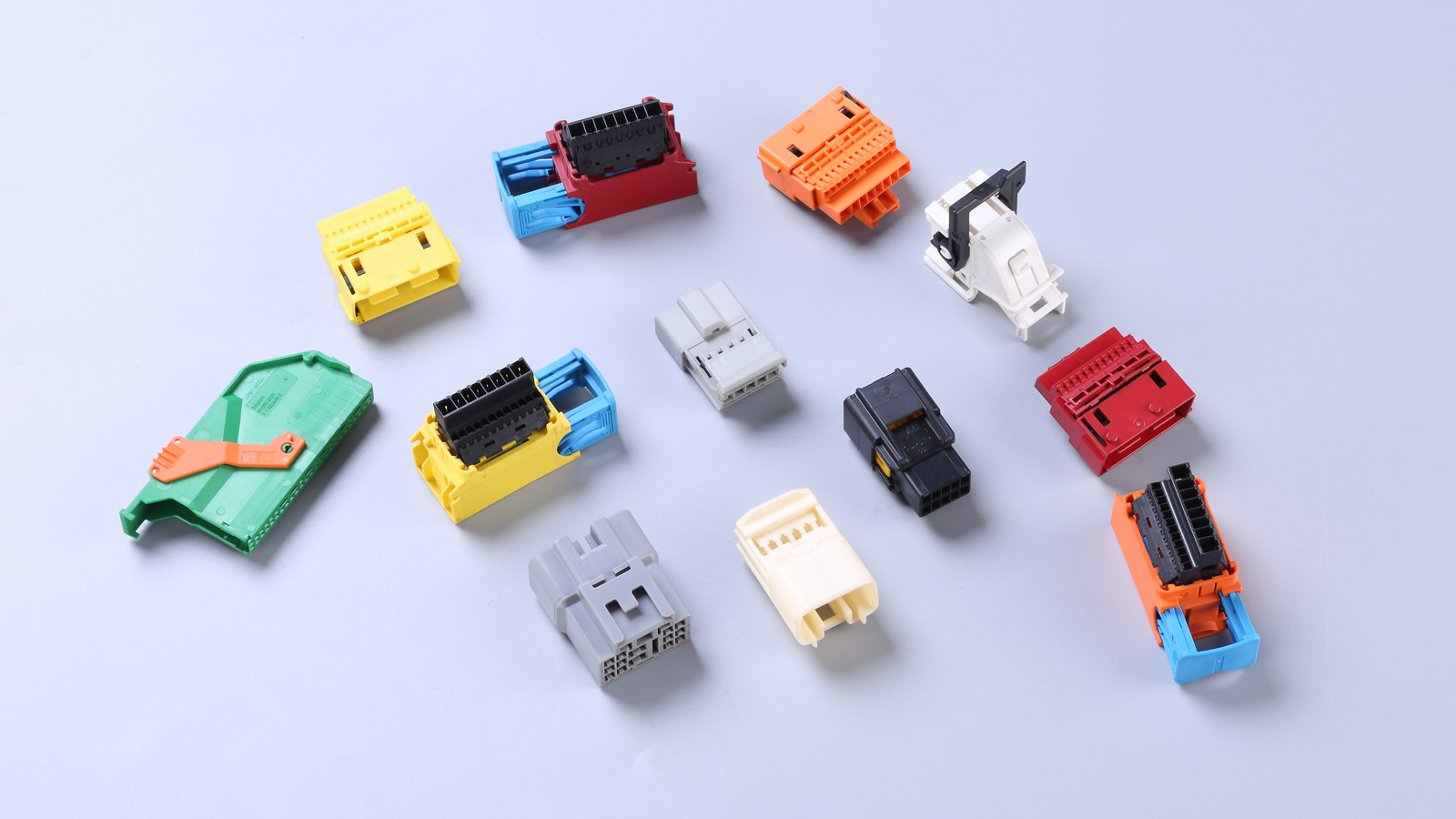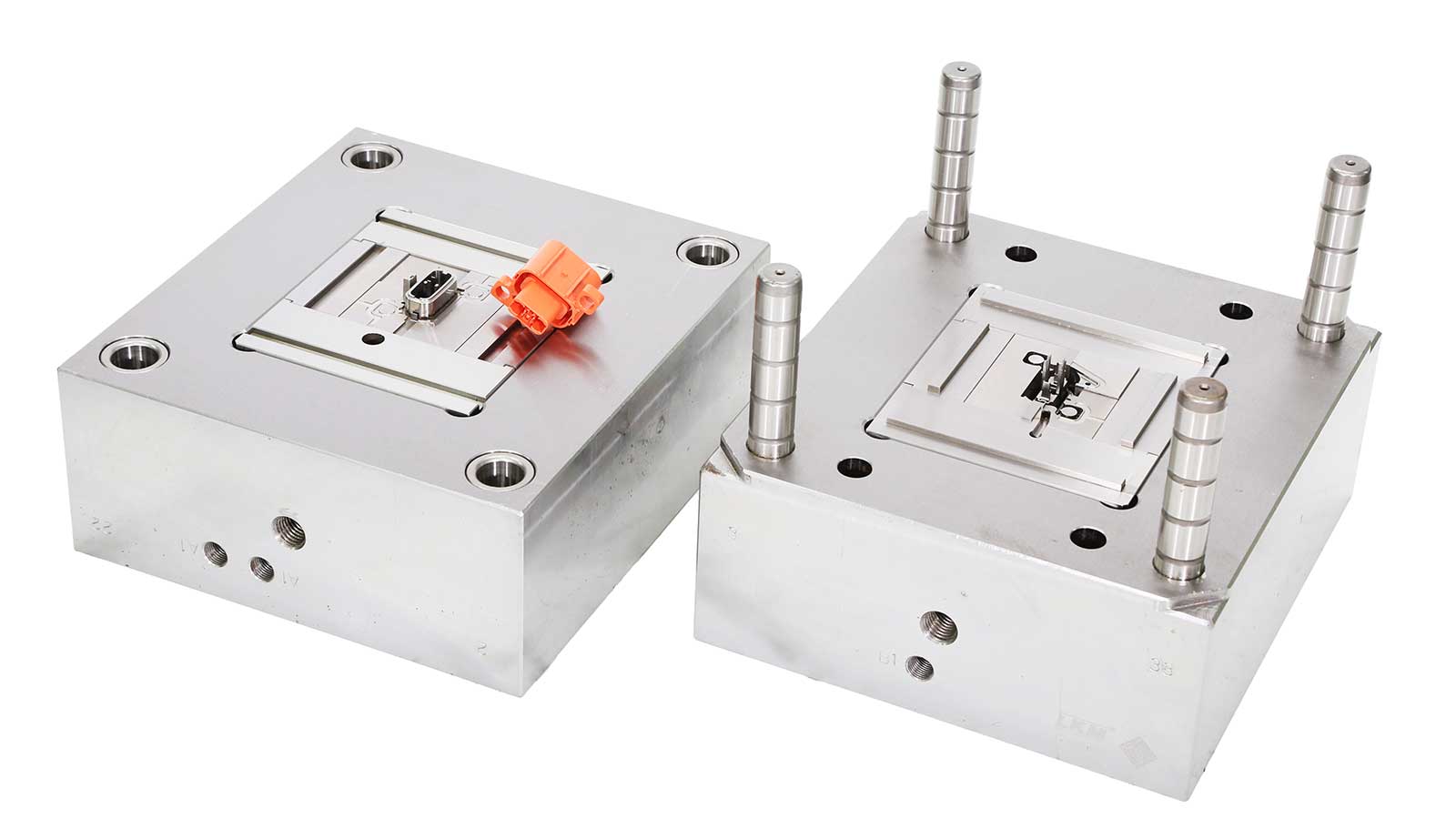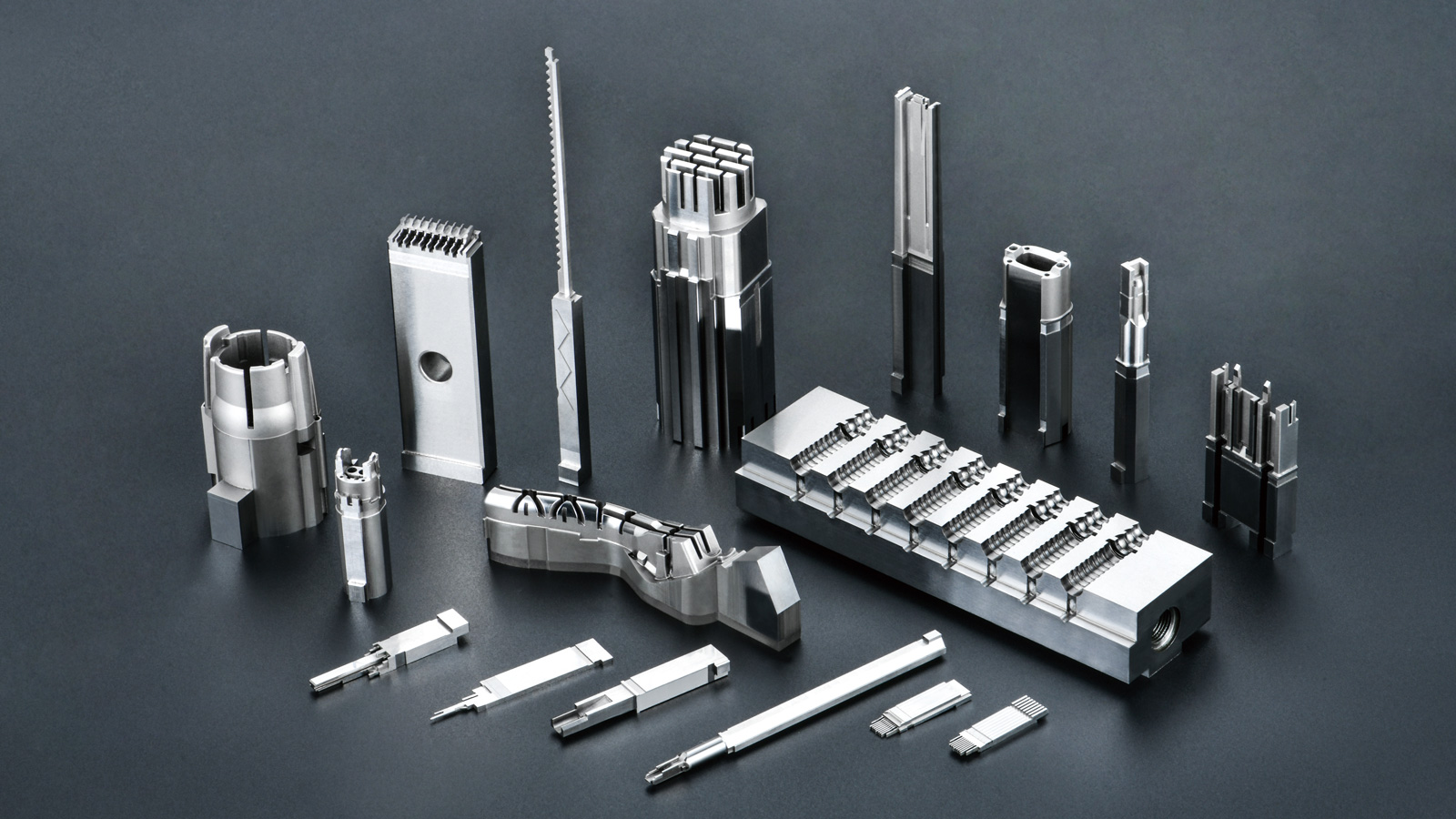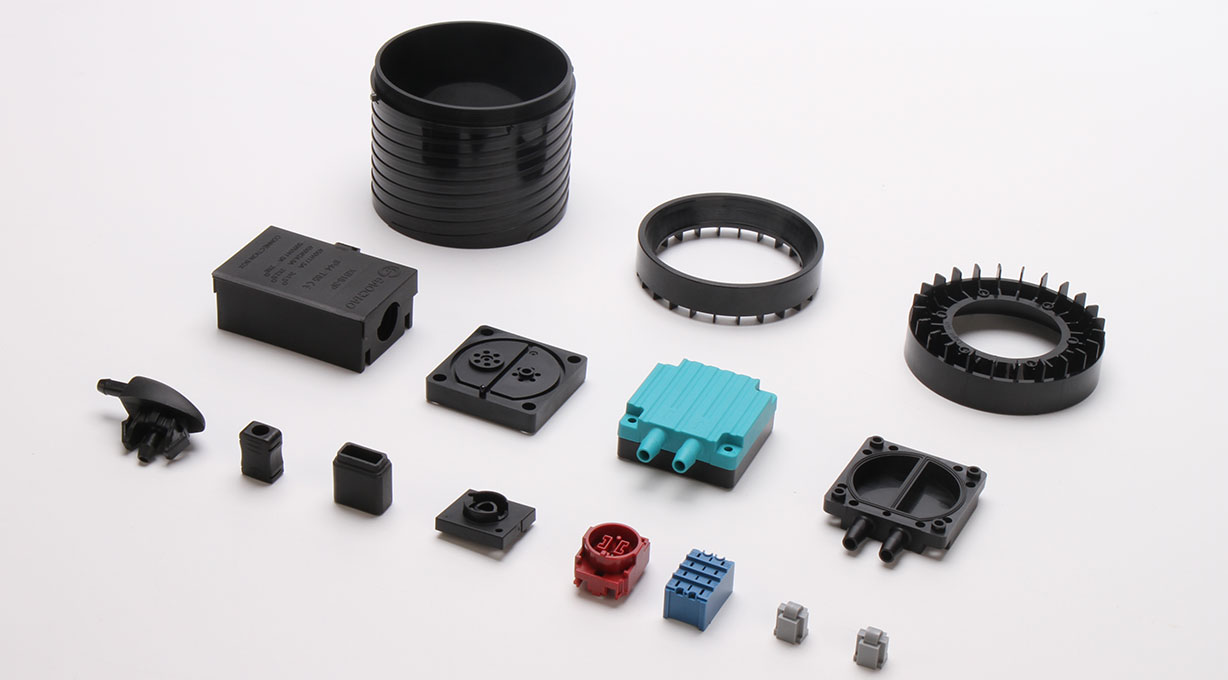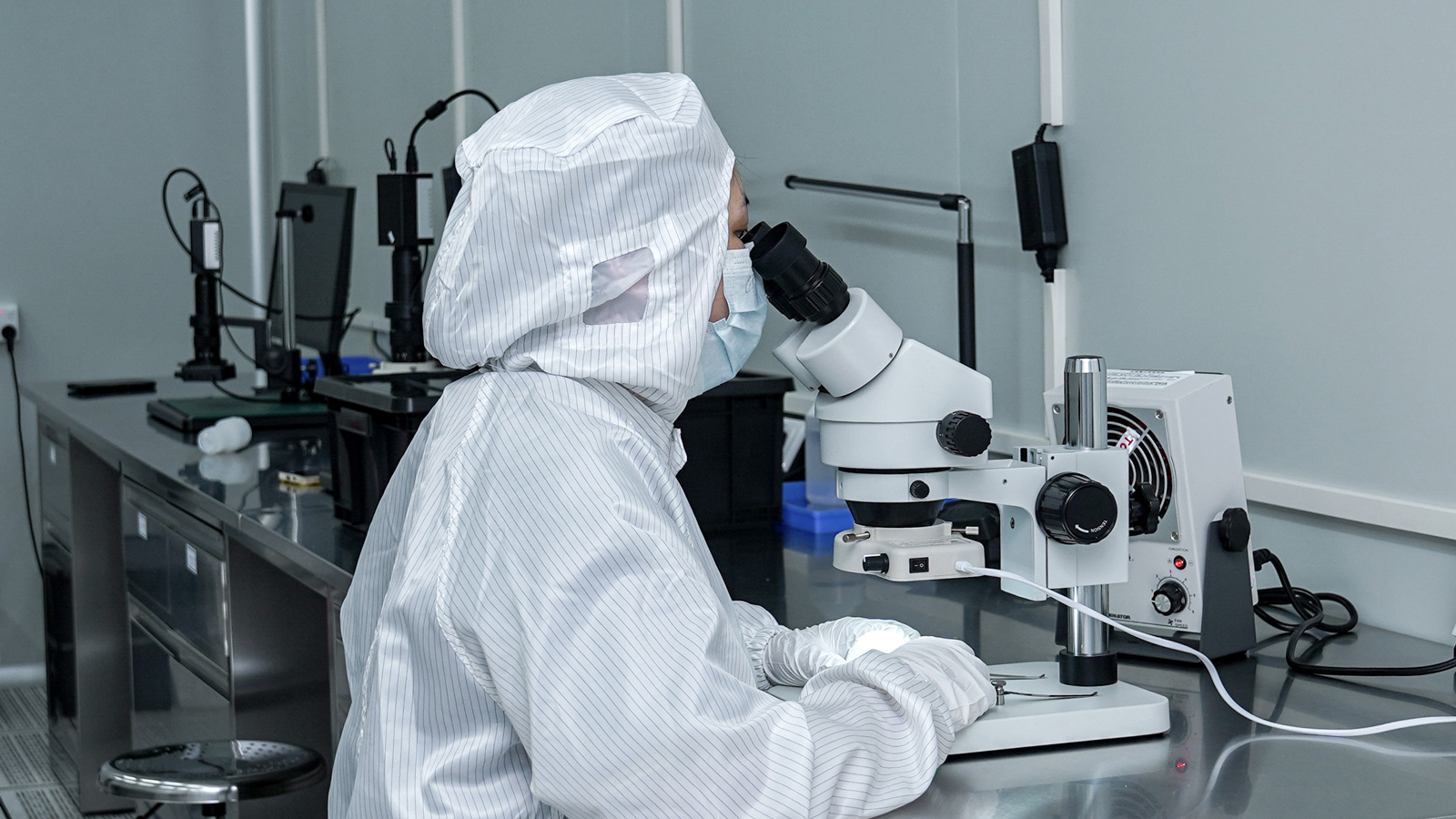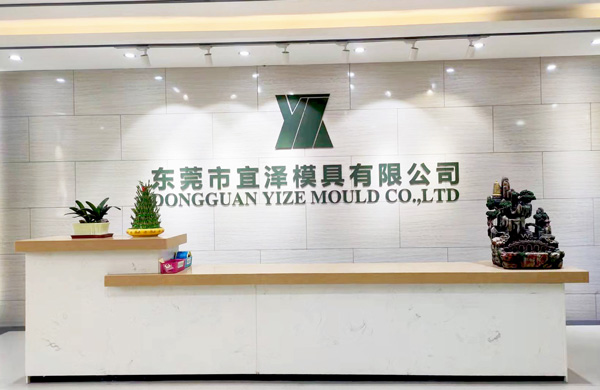In mold manufacturing, specific process technologies can significantly improve material properties to meet functional requirements across diverse applications. This article systematically explains key surface treatment and heat treatment processes and their mechanisms, along with typical application scenarios and technical parameters.
1. Surface Treatment Processes for Optimizing Metal Component Performance
1.1 Chemical Conversion and Anodic Oxidation Composite Coatings
Aluminum housing components may require chemical conversion coatings to form dense oxide films, preventing metal oxidation while maintaining surface conductivity. These coatings can be combined with powder coatings or Type II/III (hard-coat) anodizing to enhance corrosion resistance and create diverse surface finishes (matte, semi-gloss, or high-gloss).
1.2 Nickel Plating Technologies for Enhanced Durability
- Electroless Nickel Plating: Suitable for non-conductive substrates, this autocatalytic process deposits a uniform Ni-P alloy layer, significantly improving wear resistance and chemical stability.
- Electrolytic Nickel Plating: Applied to conductive metals, it forms a pure nickel layer that enhances corrosion resistance while providing a mirror-like finish, complying with RoHS standards.
1.3 Electrochemical Finishing and Passivation
Stainless steel components often undergo electropolishing to eliminate surface micro-defects and reduce roughness (Ra < 0.05μm). Combined with citric or nitric acid passivation, this creates a nanoscale chromium oxide protective film, achieving biocompatibility (ISO 10993 compliant) for medical devices.
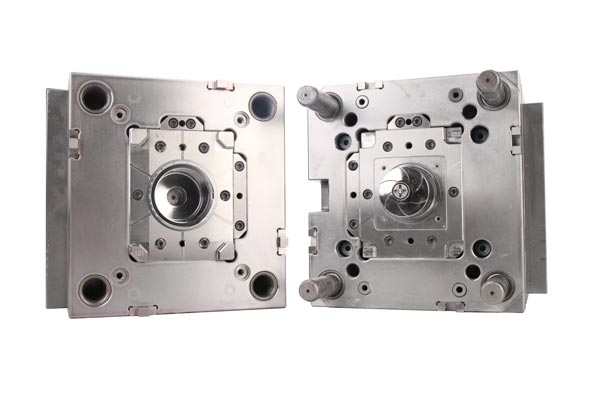
2. Heat Treatment Processes for Modifying Material Microstructure
2.1 Annealing and Stress Relief
- Full Annealing: Heating above the critical temperature softens over-saturated solid solutions, eliminating work hardening and improving machinability.
- Stress Relief Annealing: Applied to large precision castings at 500–650°C, it releases 85%+ residual stresses, preventing deformation during high-precision milling.
2.2 Surface Hardening Heat Treatments
- Carburizing: At 900–950°C, carbon atoms diffuse into the surface (0.5–2.0mm depth), forming high-carbon martensite (HRC 58–62) for enhanced wear resistance in gears.
- Induction Hardening: High-frequency currents generate skin effects, rapidly heating (1,000°C/s) and quenching the surface (1–5mm depth) to create ultra-fine martensite while maintaining core toughness.
- Flame Hardening: Oxy-acetylene flames locally heat surfaces, followed by compressed air/water quenching, suitable for on-site mold repairs with controllable hardened layers.
2.3 Specialized Heat Treatments
- Nitriding: At 500–580°C in ammonia, nitrogen atoms form ε-phase nitride layers (0.1–0.6mm thick, HV1000–1200), improving surface hardness with minimal dimensional change (<0.05mm).
- Cryogenic Treatment: Post-quenching steel components are cooled to -196°C in liquid nitrogen for 24–48 hours, transforming retained austenite into martensite and reducing micro-stresses for enhanced dimensional stability.
